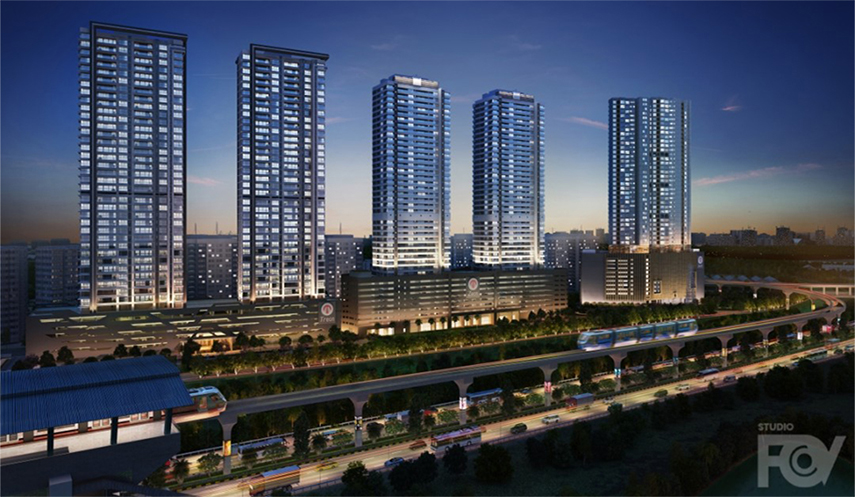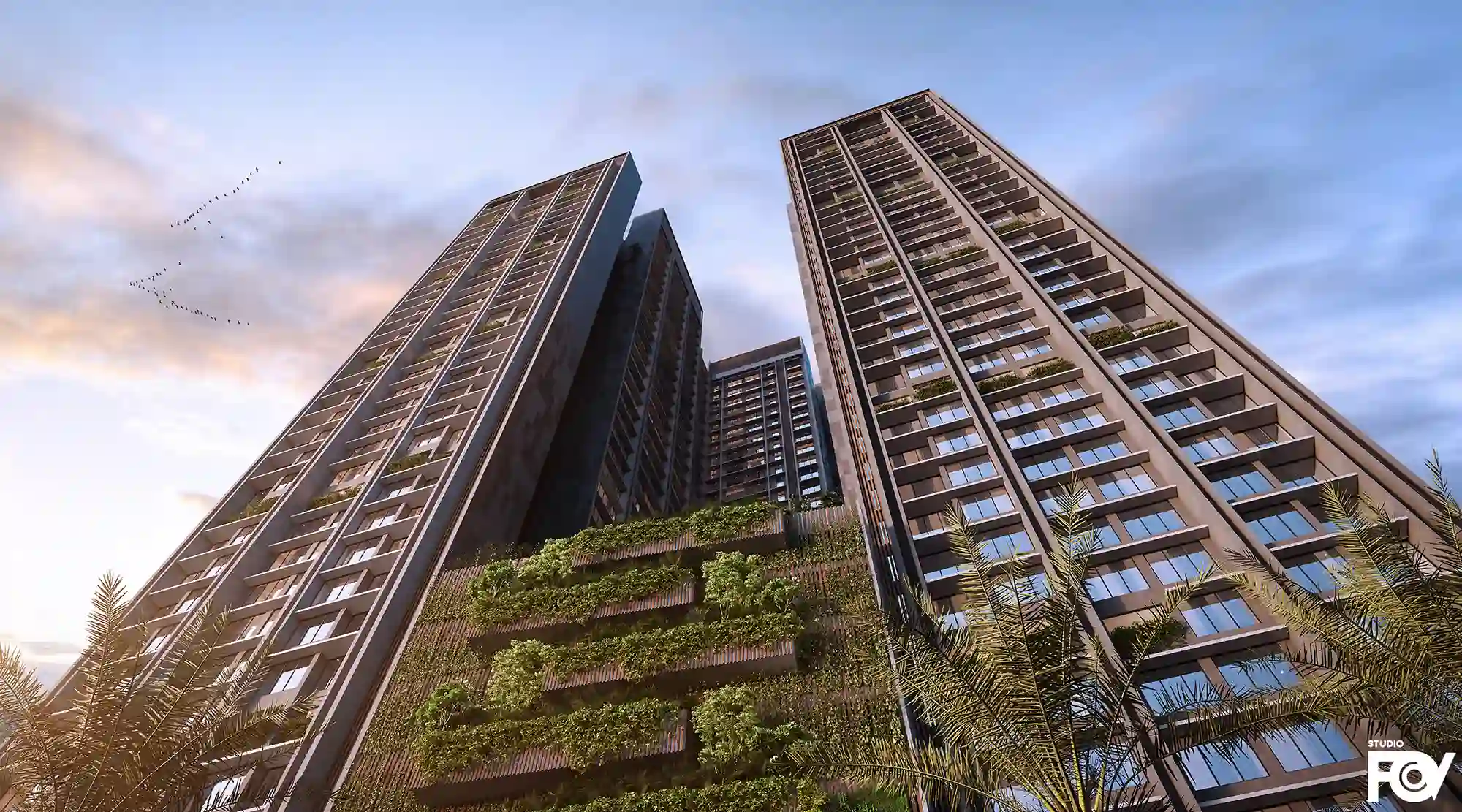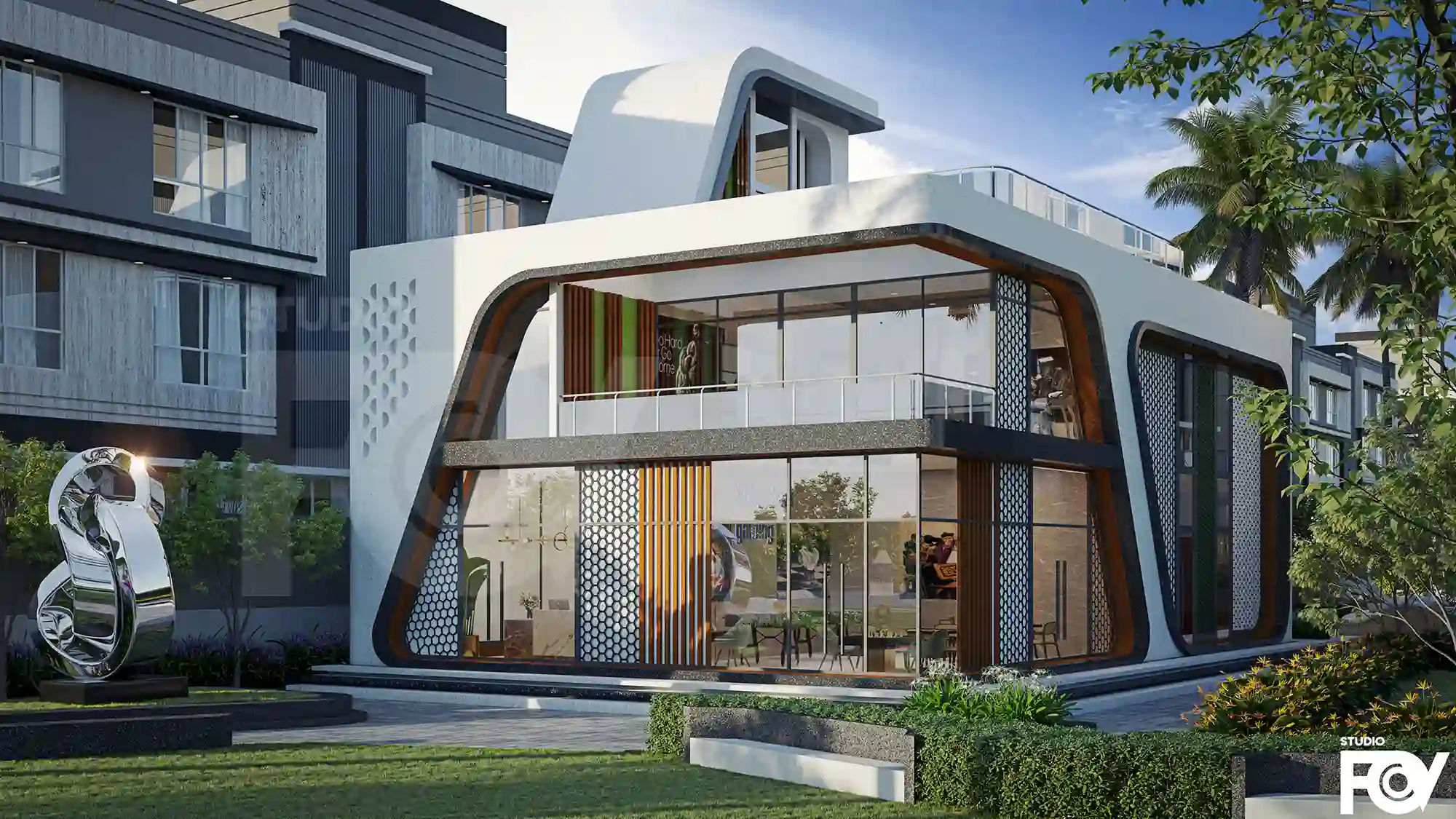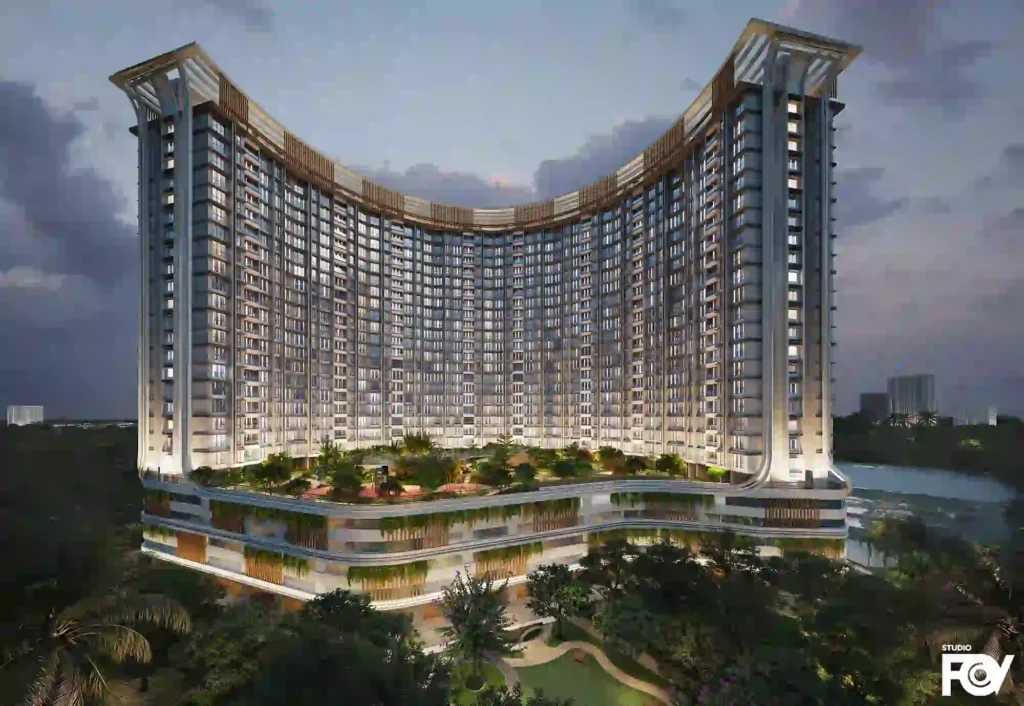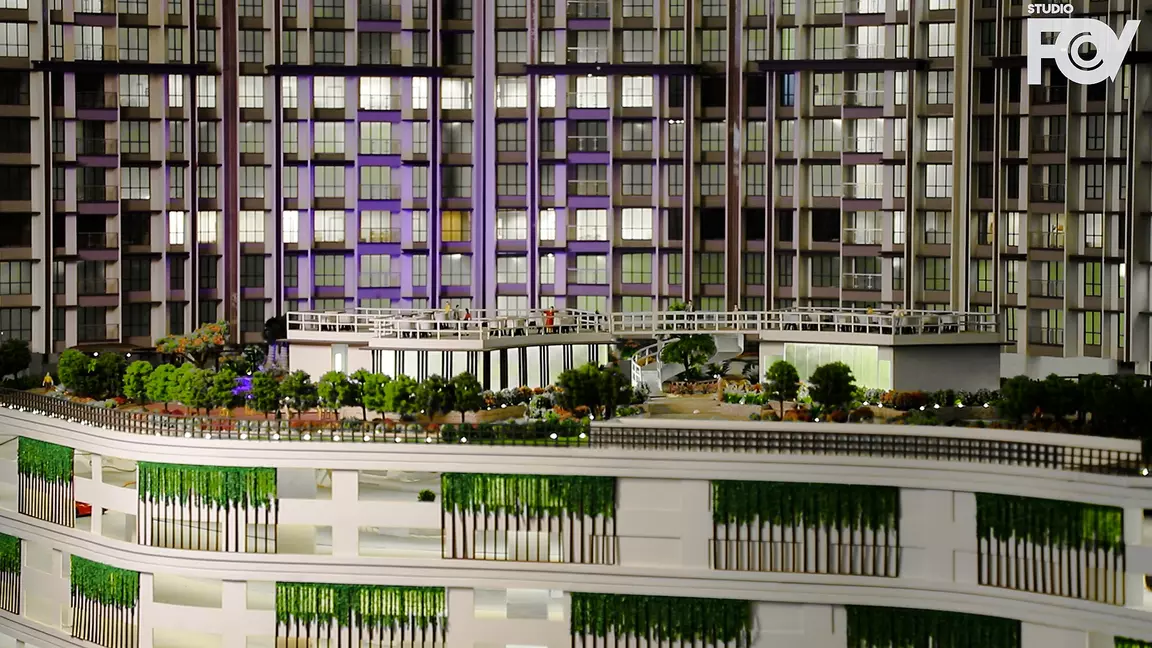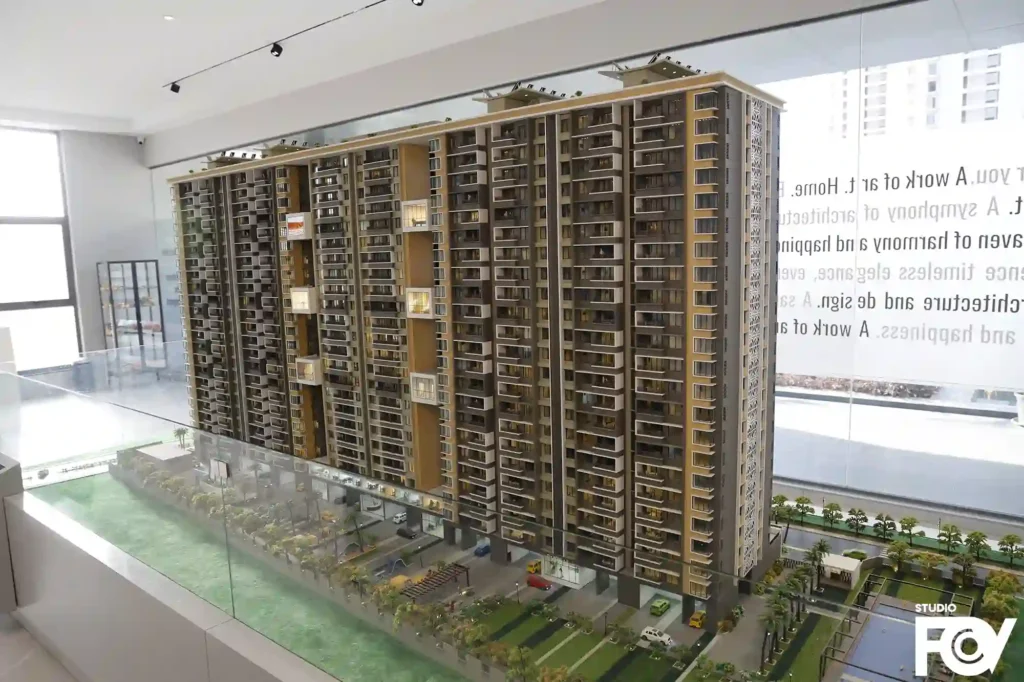The Importance of Physical Models in Real Estate
In the dynamic world of real estate, physical models have remained an essential tool for developers, architects, and marketers. Despite significant advancements in digital visualization technologies, the tangible, three-dimensional representation of a project offered by physical models can convey details and evoke emotions in ways that digital renderings often cannot. This blog explores why physical models are crucial in real estate and how they continue to play a pivotal role in the industry.
Why Physical Models Matter
Tangible Representation:
Physical models provide a hands-on representation of a project, allowing stakeholders to physically interact with and examine the model. This approach helps in understanding spatial relationships and proportions, which can be challenging to grasp through digital renderings alone.
Enhanced Visualization:
For many individuals, especially those not familiar with architectural plans or digital models, a physical model offers a clearer and more intuitive understanding of the project. This clarity is particularly beneficial during presentations to clients, investors, and planning authorities.
Detailed Presentation:
Physical models showcase intricate details of a project, such as landscaping, surrounding infrastructure, and interior layouts. These details help convey the overall vision of the project and highlight unique selling points that might not be as apparent in 2D or digital formats.
Emotional Connection:
A well-crafted physical model can create a strong emotional connection with viewers, helping them to envision the final product and get excited about the project. This emotional engagement is a powerful tool in marketing and sales, helping to secure buy-in from potential investors and buyers.
Design Validation:
For architects and developers, physical models serve as a valuable tool for design validation. They allow for the examination of design elements in a three-dimensional context, making it easier to identify potential issues and make necessary adjustments before construction begins.
Models FOV: Leaders in Model Making
When it comes to creating high-quality physical models, Models FOV stands out as a top company in the industry. Renowned for their precision and attention to detail, Models FOV has established itself as a leader in the field. Their expertise in crafting realistic and detailed models has made them a preferred partner for many real estate developers and architects.
Models FOV combines traditional model-making techniques with the latest technology to produce models that are not only accurate but also visually stunning. Their work spans a wide range of projects, from residential developments to commercial complexes, ensuring that each model effectively communicates the vision and scope of the project.
Case Studies: Physical Models in Action
Residential Developments:
In residential real estate, physical models help potential buyers visualize their future homes and the community they will be part of. Developers use these models to showcase floor plans, amenities, and the overall layout of the development, making it easier for buyers to make informed decisions.
Commercial Projects:
For commercial developments, physical models are invaluable in demonstrating the project’s potential to investors and tenants. They provide a clear picture of how the building will integrate with the surrounding environment, highlighting key features such as accessibility, parking, and public spaces.
Urban Planning:
Urban planners use physical models to present and refine large-scale projects. These models help stakeholders understand the impact of the development on the existing urban fabric and facilitate discussions around zoning, infrastructure, and community benefits.
The Future of Physical Models
While digital technologies continue to advance, the role of physical models in real estate remains significant. They complement digital tools by providing a tactile and immersive experience that digital representations cannot fully replicate. As the industry evolves, physical models will likely continue to be an essential part of the real estate development process, bridging the gap between vision and reality.
Conclusion
Physical models play a crucial role in real estate, offering a tangible, detailed, and emotionally engaging representation of projects. Companies like Models FOV lead the way in producing these models, combining craftsmanship with cutting-edge technology to bring architectural visions to life. As real estate continues to grow and innovate, the importance of physical models in presenting and refining projects remains undiminished.
